In my textbook, there are two interrelated equations.
1. wb = wt / (1 + R2/R1)
2. wb = wt / Ao
where
wb = break/cutoff frequency
wt = unity gain frequency
Ao = DC gain
R1/R2 = standard resistors
These equations were derived from a simple and standard closed-loop inverting amplifier.
 From: https://electrosome.com/wp-content/uploads/2016/11/Inverting-Amplifier-using-Opamp-Circuit-Diagram.jpg
From: https://electrosome.com/wp-content/uploads/2016/11/Inverting-Amplifier-using-Opamp-Circuit-Diagram.jpg
G = - R2/R1
I understand the derivations of these equations separately, however cannot define the semblance between them.
For voltage gain G, isn't Ao = G? And from that, the +1 becomes an issue. I hypothesize that there is an assumption involving a << or >> I am overlooking.
Update: Upon further research, I have come across "feedback factor", often denoted by β. My logic follows for the non-inverting configuration given:
Ao = G = 1 + R2/R1
However, the fact remains that I am unsure as to accounting for the +1 for the inverting configuration.